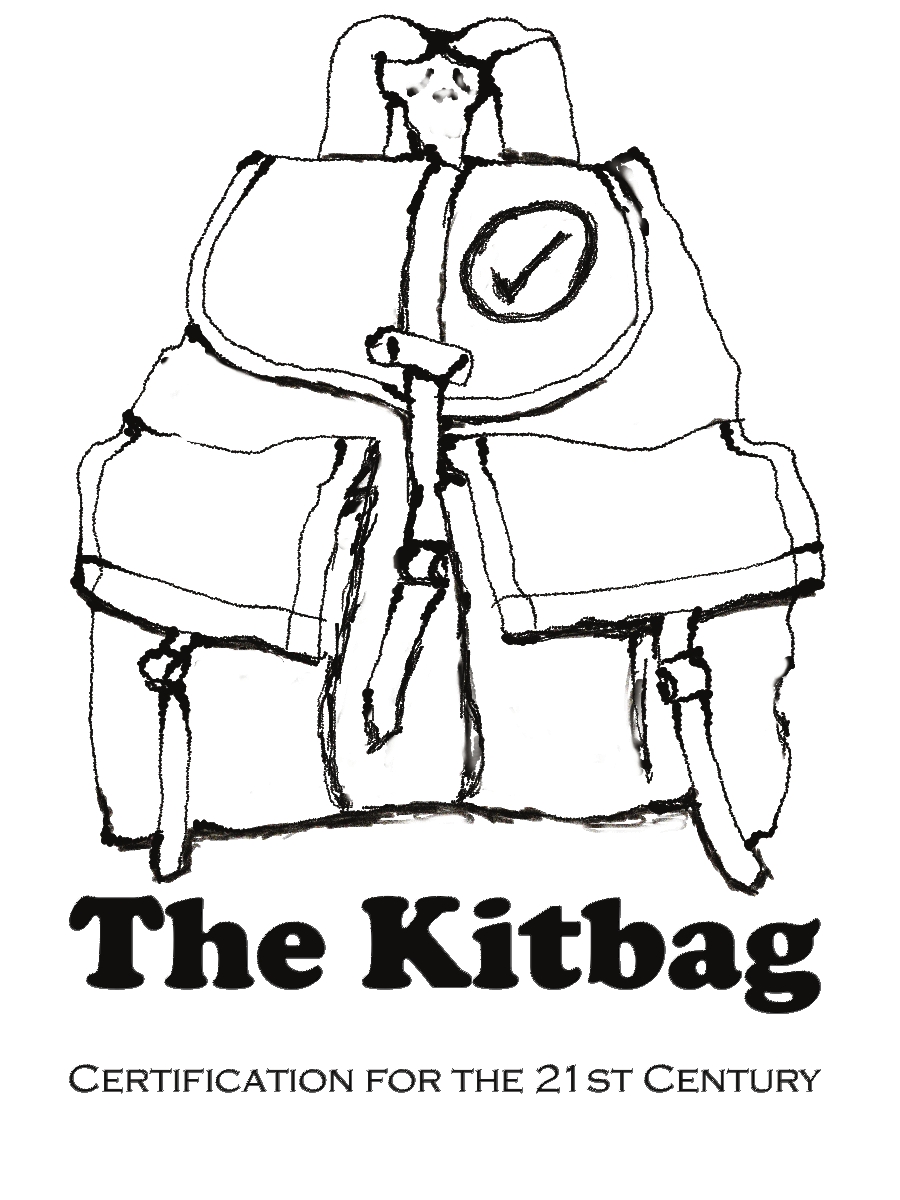I have had the chance to work with a number of new schemes; these are efforts to develop a certification or labeling scheme from scratch. What normally happens is a group of people get together, usually they are issue experts in the area. They start the process of writing a standard.
Sometimes this process can go on for years. The number of experts as well as interested and affected parties begins to grow and the standard begins to take shape. They put a huge amount of energy into writing a standard that contains everything. Then they run a field trial and test the standard out and once that has been done they start to put it into operation.
That is when things can go 'pear shaped'. They have built the perfect standard that issue experts understand but once they step out of that world the rest of the industry sector, processors, customers, retailers and other users cannot figure out how to use the standard.
Eventually they call someone like me and they are told that the standard has too much in it and that it does not play well with the other certification, business processes and the management systems used by most companies. This is hard news to hear and it can sound like they just wasted a huge amount of energy, good will and lost an opportunity. It can be fixed; it is just a lot of work.
The way to avoid this situation is to see the process of developing a new scheme as a puzzle. Puzzles are built one piece at a time and until all the pieces fit together it is not finished.
The standard, as important as it is, is not the only piece. The key elements include:
- The standard,
- The rules that accreditation bodies must follow,
- The rules that certification bodies must follow,
- The rules that govern who can be an auditor,
- The rules that govern claims, trademarks and logos,
- The procedures that the scheme owner will follow, and
- Sometimes, even more sets of rules.
But, it can still get more complex than this. Each of these elements can be made up of a number of other pieces - it's becoming a rather large puzzle.
Let's look back at the standard. The best way to begin is to understand a bit about how the industry in which you work functions and the way the auditing industry functions.
Many of the most successful schemes are built on the foundation of other standards. If, for example, your scheme is designed to produce a certified product then you may find that building your scheme on ISO 17065 can be useful. It is understood well by the auditing industry and it includes many of the process and administrative requirements already assembled and your scheme can add the specifics of your scheme right on top of it. Also, it is not necessary for your standard to describe every step that an auditor must take, much of that is included in ISO 19011 and most auditors are trained in its application. There are a number of other building blocks you can use to make your standard work.
In addition to using these building blocks you can modify them. If you feel that there are parts you do not like or that are not exactly what you want then your system can modify them. Your scheme requirements can specify that everything in a particular document applies to your scheme unless it is specifically changed in your requirements. If you think that 'periodic' internal audits are not enough you can require 'annual' internal audits.
The main advantage of this building block approach is that the industries, processors, traders, retailers and others are already used to many of these elements. They can readily understand them and they know the kinds of things that an auditor needs and what to expect in the process.
Finally, I always recommend that once you have your brilliant idea for a new scheme and you dive into the standard to make sure that you also start early to develop the rest of the puzzle pieces. Find the people on your team to lead these efforts and when you don't understand a new topic get some professional advice.
Yes, you are the issue expert that is working on the soul of the new scheme, the standard. To build the whole thing you will need all the puzzle pieces and they all must fit seamlessly together.
It is when you have a full and complete picture assembled that others, even those who are not expert in your field, will be able to see, understand and want to use your scheme.
